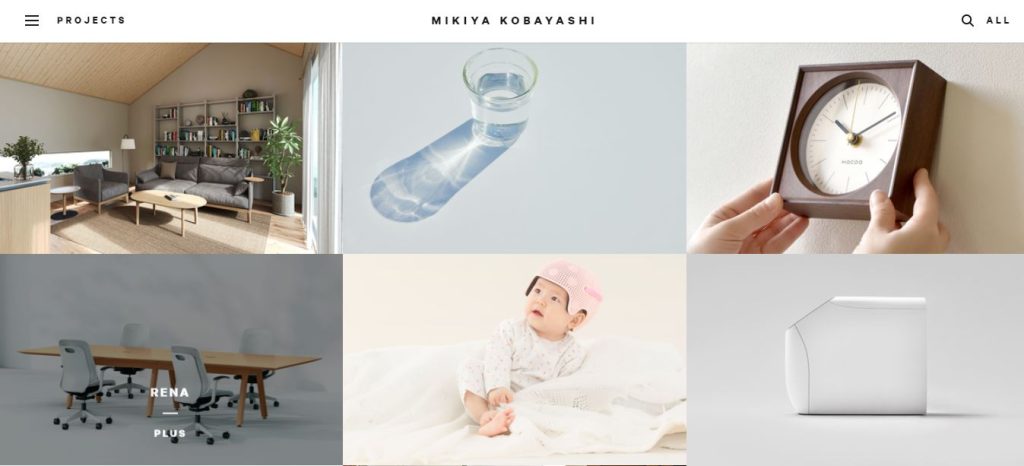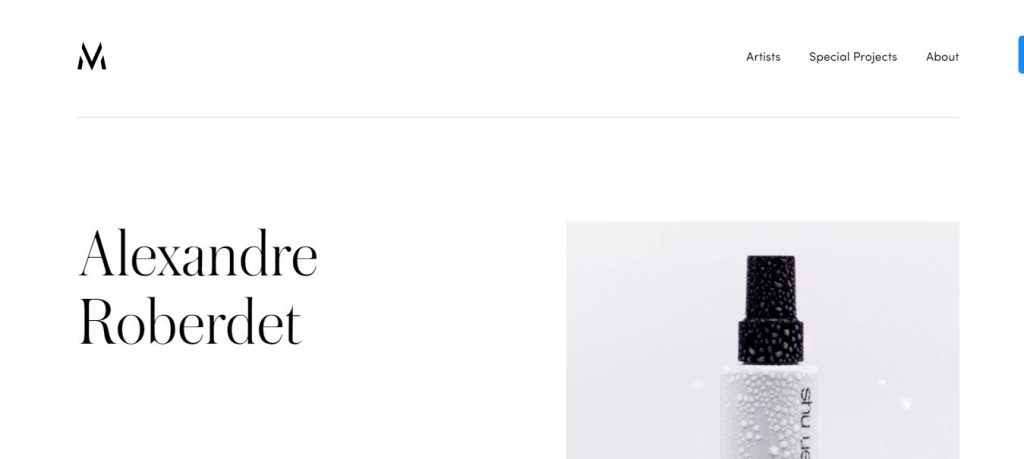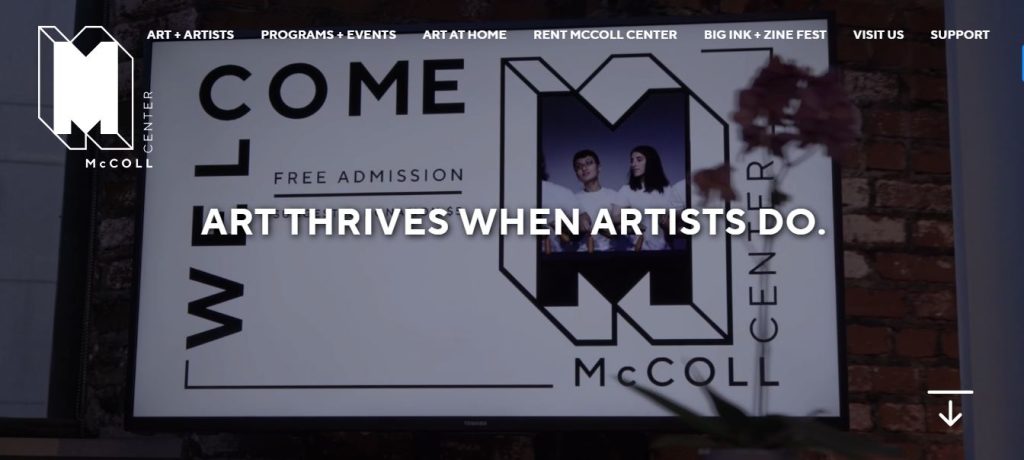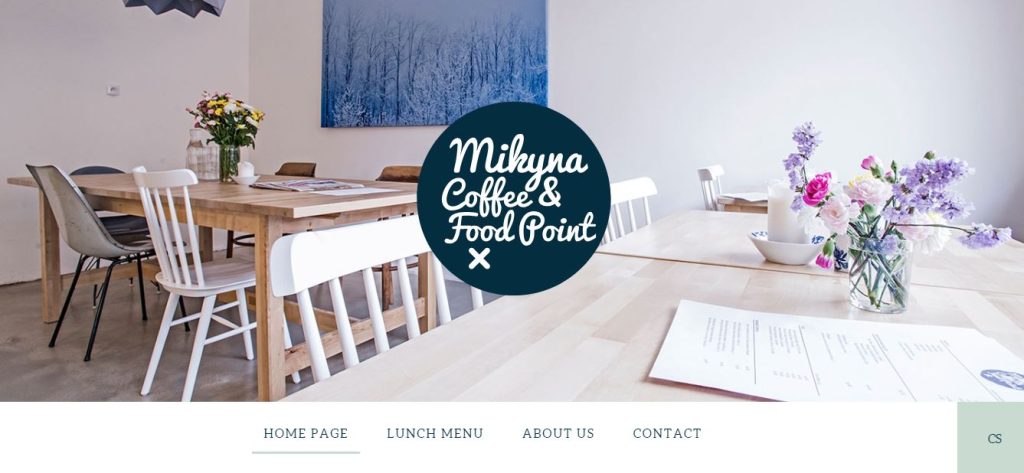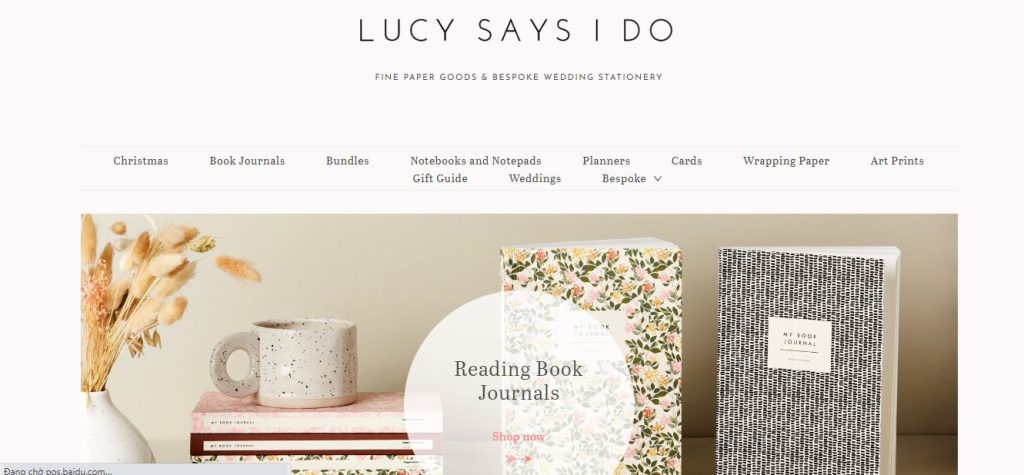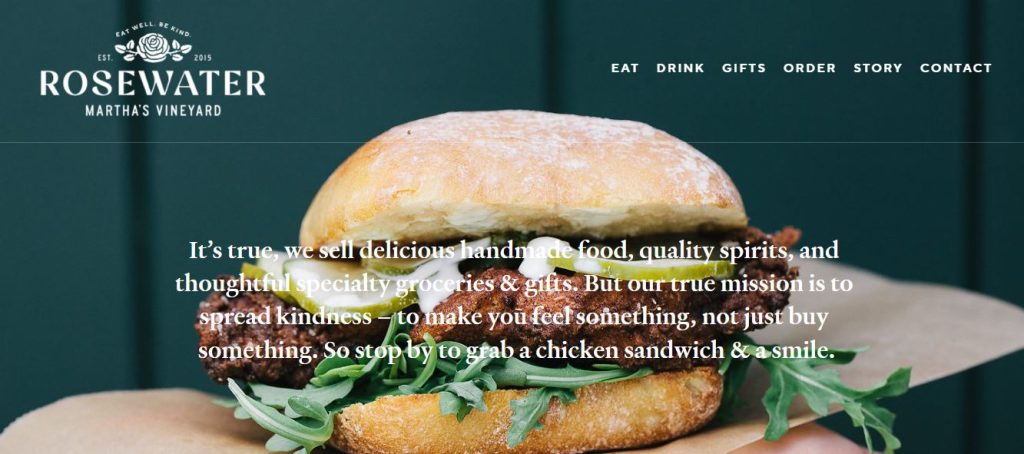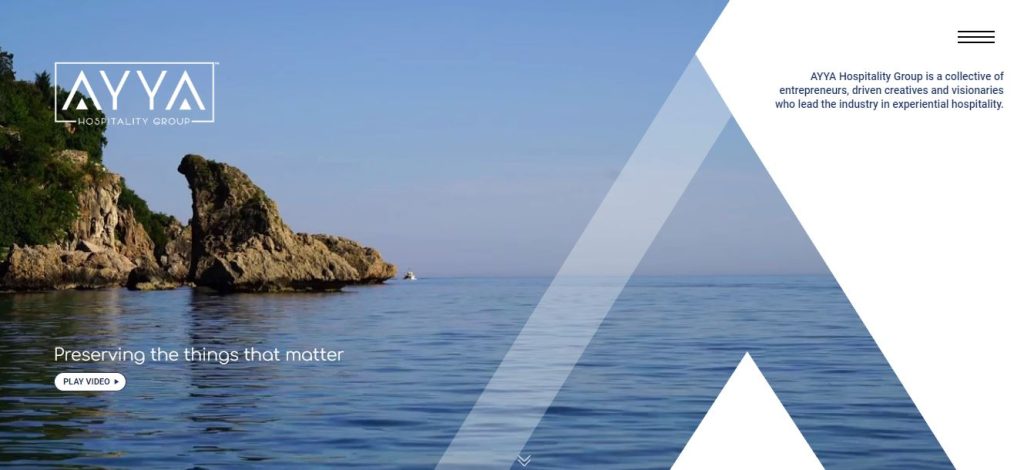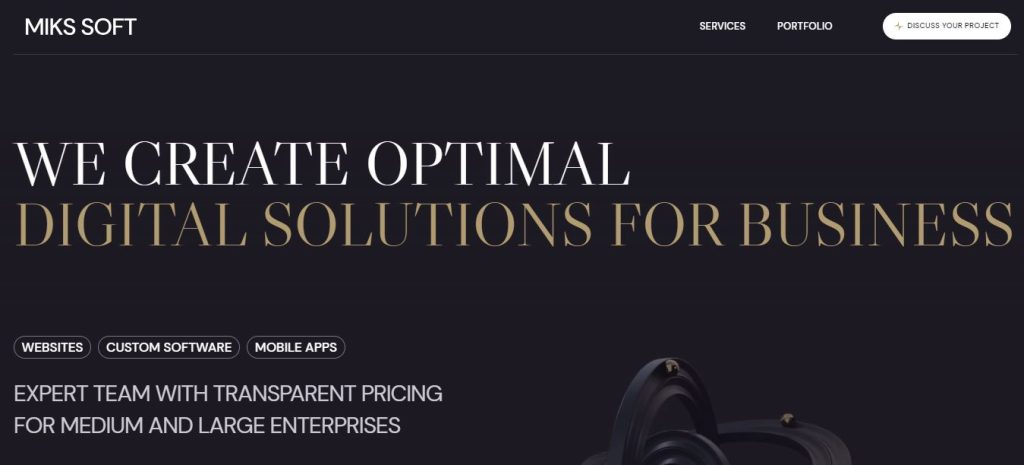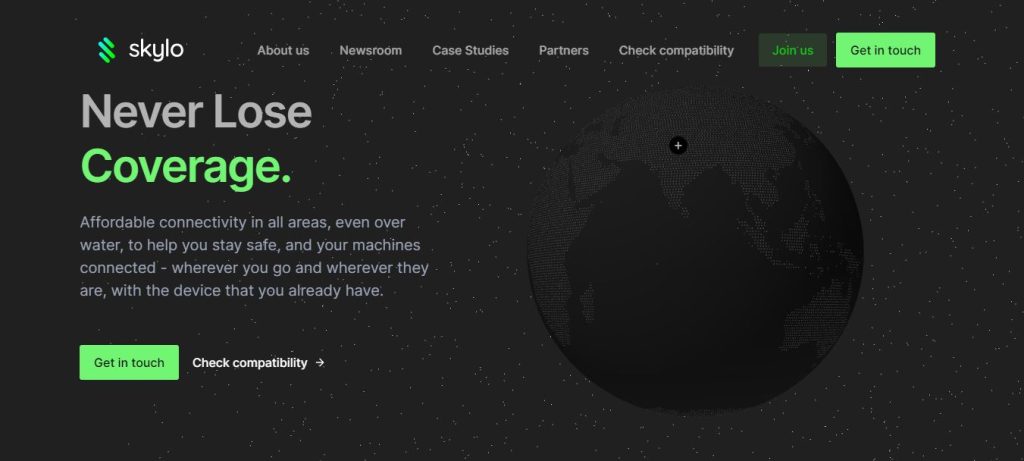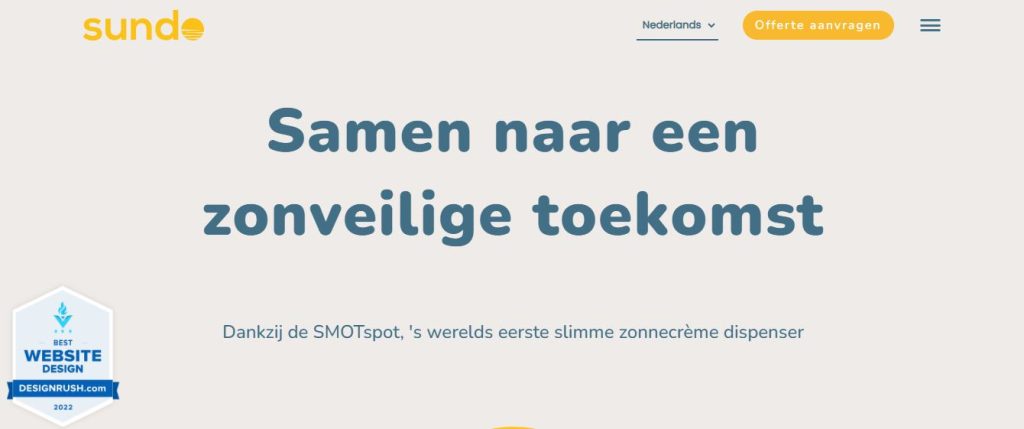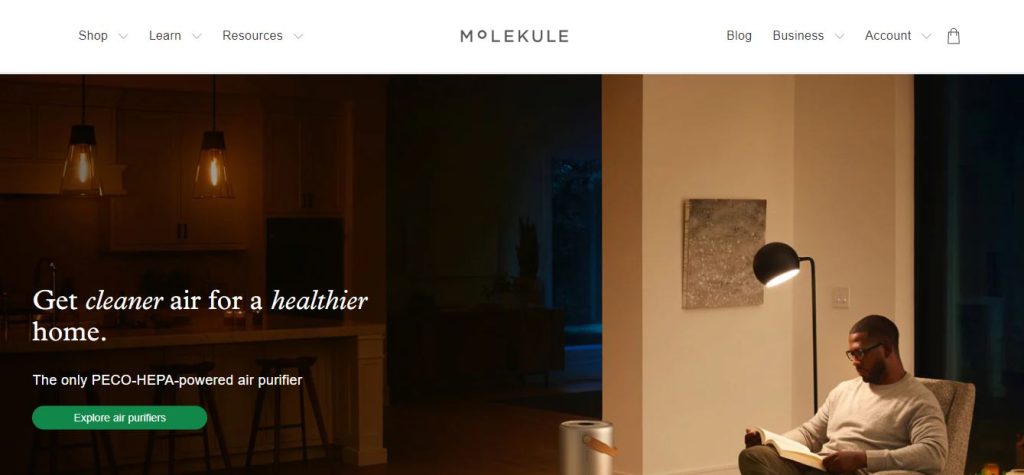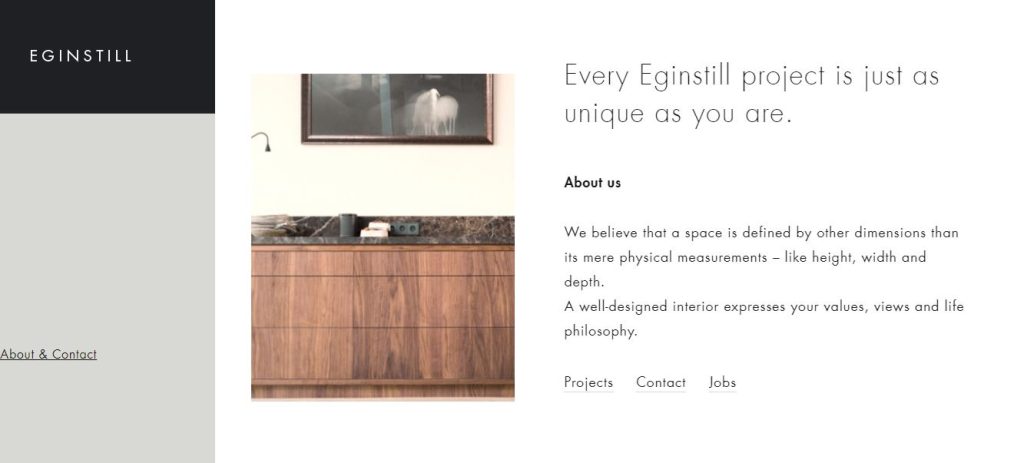A clean website design refers to a minimalist and visually uncluttered approach to web design. It focuses on simplicity, readability, and ease of navigation, while avoiding unnecessary elements that could distract or confuse visitors. Clean website designs are visually appealing and user-friendly, creating a positive user experience.
Creating an effective minimal design website is an art that involves balancing space, typography, and content. Our UX designers have compiled inspiring examples to show that clean layouts can be visually appealing and far from boring. You can incorporate colors, textures, and illustrated elements to add creativity.
Browsing these creative and clean website design not only sparks inspiration for current and future projects but also allows you to learn from other designers’ approaches to clean designs. As a primary source of our inspiration, we have selected 15 examples of clean website design that inspire us. Each of these sites has been meticulously designed in unique ways.
15 Examples of clean website design
MIKIYA KOBAYASHI
VALERIEMARTINEZ
MCCOLLCENTER
MIKYNAPOINT
LUCYSAYSIDO
ROSEWATER
FAY
PATRIZIAGARGANTI
MINTVENTURES
AYYAHOSPITALITY GROUP
MIKS-SOFT
SKYLO
SUNDO
MOLEKULE
 EGINSTILL
EGINSTILL
Importance of Clean Website Design
In this digital age, websites have become a crucial tool not only for introducing businesses, products, and services but also for establishing and showcasing the brand identity of an organization or individual. However, having a simple and tidy website design goes beyond fulfilling visual goals; it offers numerous benefits that often go unnoticed.
Clean website design are essential for several compelling reasons:
Enhanced User Experience:
Clean website design prioritize simplicity and ease of navigation, ensuring that visitors can effortlessly find the information they seek. By presenting content in a clear and organized manner, users are more likely to engage with the website and stay longer, leading to a positive user experience.
Faster Loading Times:
Clean designs often mean fewer elements, reducing the website’s load time significantly. In today’s fast-paced world, where attention spans are short, having a website that loads quickly is crucial to retain visitors and prevent them from bouncing to competitors’ sites.
Mobile-Friendly Compatibility:
With the increasing use of mobile devices for browsing the internet, having a clean website design is vital for mobile responsiveness. A well-optimized and adaptable design ensures that the website looks and functions seamlessly across various screen sizes and devices, catering to a broader audience.
Improved Search Engine Ranking:
Search engines, like Google, consider user experience and site speed as essential factors when ranking websites. A clean design that offers a smooth browsing experience can positively impact search engine optimization (SEO), potentially leading to higher rankings and increased organic traffic.
Credibility and Professionalism:
A clutter-free and professional website design instills trust and credibility in visitors. A clean layout conveys a sense of professionalism, indicating that the website owner cares about their online presence and, by extension, their customers.
Focus on Content:
A clean design directs the attention of visitors to the website’s content, allowing the message and information to shine without distractions. It enables effective storytelling and communicates the intended message more effectively.
Better Conversion Rates:
When users can easily find what they are looking for and have a positive experience on the website, they are more likely to convert into customers. A clean and user-friendly design can lead to higher conversion rates, benefiting the website’s overall goals and objectives.
The importance of clean website design cannot be overstated. From enhancing user experience and loading times to boosting credibility and conversion rates, a clean and well-organized website design is a powerful tool for any online presence. By prioritizing simplicity, website owners can create a positive impact on their audience and establish a strong foundation for success in the digital realm.
How To Approach Clean Web Design With Modern Style
Creating a clean web design with a modern style involves a thoughtful approach that combines simplicity, aesthetics, and functionality. Here’s a more detailed guide on how to achieve it:
Research and Planning:
- Before diving into the design process, conduct thorough research on modern web design trends and best practices.
- Define the target audience and the website’s purpose. Understanding your audience will help you tailor the design to meet their needs effectively.
Embrace Simplicity and Elegance:
- Focus on minimalism by removing unnecessary elements, graphics, and text. Strive for a clutter-free layout that emphasizes essential content.
- Utilize whitespace strategically to create breathing room and draw attention to key elements.
Choose a Harmonious Color Palette:
- Select a clean and cohesive color palette. Use neutral colors as the base and introduce a few complementary accent colors for visual interest.
- Avoid using too many colors as it can create a chaotic visual experience.
Typography Matters:
- Opt for modern, easy-to-read fonts that align with the website’s tone and brand identity.
- Experiment with font weights and sizes to create a visual hierarchy that guides users through the content.
Layout and Spacing:
- Organize content using a grid-based layout to achieve balance and consistency in your design.
- Maintain consistent spacing between elements to create a sense of order and professionalism.
Responsive Design:
- Ensure that your website is fully responsive and adapts seamlessly to various screen sizes and devices, including desktops, tablets, and mobile phones.
- Test the website on different devices to verify its responsiveness and user-friendliness.
Subtle Animations and Transitions:
- Add subtle animations or transitions to enhance user engagement and create a smooth browsing experience.
- Avoid excessive or distracting animations that could overwhelm users.
Media Integration:
- Incorporate high-quality images and media that align with your brand and enhance the overall aesthetic.
- Optimize images for web use to maintain fast loading times without compromising visual quality.
Intuitive Navigation:
- Design a user-friendly navigation system that is easy to understand and navigate. Keep the menu simple and logically organized.
- Consider sticky navigation to ensure that users can access the menu from anywhere on the page.
Microinteractions and Feedback:
- Implement microinteractions to provide subtle feedback and interactivity throughout the user journey.
- Use microinteractions to confirm user actions or highlight changes in the interface.
- Consistent Branding:
- Maintain a consistent visual language throughout the website, reflecting your brand’s identity and personality.
- Ensure that the design elements, colors, and typography align with your brand guidelines.
Accessibility and Usability:
- Prioritize accessibility by making sure your design is user-friendly for all users, including those with disabilities.
- Conduct usability tests to identify any usability issues and make improvements accordingly.
Performance Optimization:
- Optimize the website’s performance by minimizing file sizes, leveraging caching, and using efficient coding practices.
- Aim for fast loading times to improve user experience and search engine rankings.
User Testing and Iteration:
- Conduct user testing with real users to gather feedback on the design and identify areas for improvement.
- Iterate based on the feedback received to refine the design and enhance the user experience.
Stay Updated with Design Trends:
- Keep yourself informed about the latest design trends and technologies to ensure your website remains fresh and modern over time.
By following these guidelines and staying true to the principles of clean and modern web design, you can create a visually appealing and user-friendly website that leaves a lasting positive impression on your visitors.
Conclusion
In the fast-paced digital landscape, where attention spans are fleeting and first impressions matter more than ever, the art of Clean Website Design has emerged as a powerful tool for businesses to stand out from the clutter.
At ONext Digital, we are passionate about discovering the art of clean web designs that are simple, yet captivating. Our meticulous attention to detail and commitment to creating seamless user experiences set us apart as industry leaders in web design. By combining simplicity, aesthetics, and functionality, we craft websites that leave a lasting impression and drive real results for our clients. Join us on this journey as we continue to push the boundaries of clean web design and redefine digital excellence. Your vision, our expertise – together, we create the perfect blend of simplicity and captivation in the digital world.





